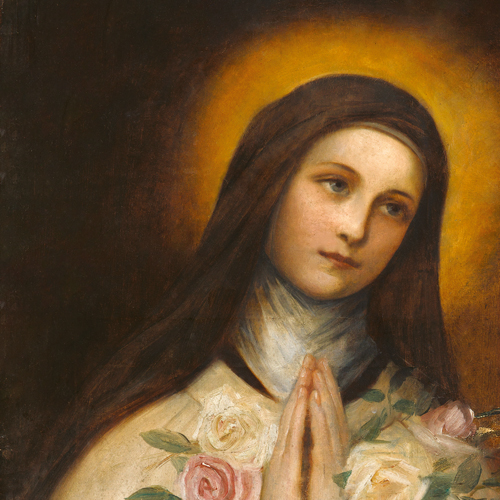The editorial of the month
Dear Friends by Teresa Caldecott Cialini
Dear Friends of Magnificat,
This month I am stepping into a new decade of my life. I am telling you this not to fish for well-wishes (though of course I appreciate your prayers), but because I’m striving to look back in gratitude and forward in hope, instead of burying the occasion—as lesser instinct might inspire.
In Biblical parlance, forty is the number that commonly signifies a period of testing and preparation: perhaps that is why this birthday feels like such a “threshold”. While my life thus far has hardly been lived in the wilderness—filled as it has been with gifts of family, friendships, worthwhile work and experiences—it has certainly included seasons of intense testing and aridity, especially in the last decade or so, since I lost my father and gained a husband and children.
I’m sure none of us, when looking back on our life, can say it has all been plain sailing; and indeed, what would be the good of that, if to live is to grow and learn? It seems a fitting birthday exercise to reflect on what God might have been preparing us for, and to ask for the prayers of our patron saints in that work. In my case, that is Teresa of Ávila who, consolingly, only hit her stride in her mid-forties.
Yours in the friendship of Christ,







